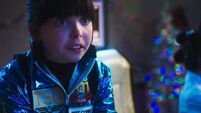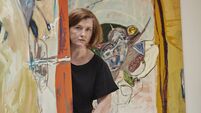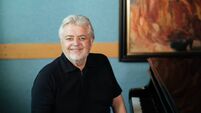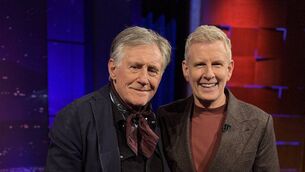Culture That Made Me: Liam Ó Maonlaí on his Cork connections and touchstone influences
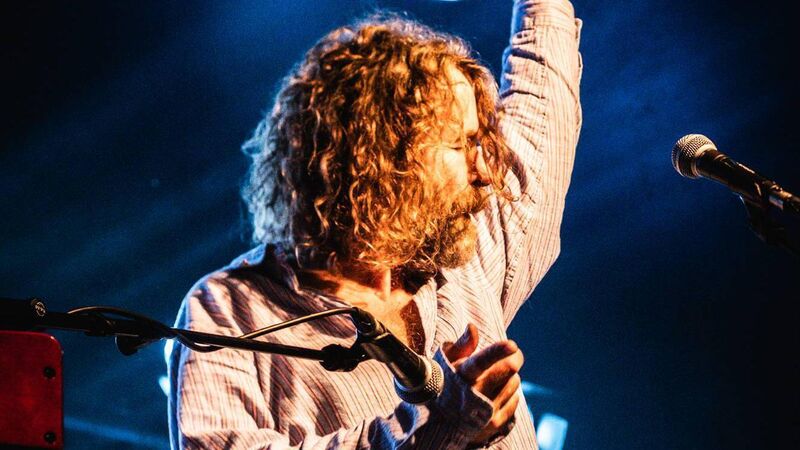
Liam Ó Maonlaí brings Hothouse Flowers to Connollys of Leap in mid-August.
Liam Ó Maonlaí, 64, grew up in Clonskeagh, Dublin. In 1985, he co-founded Hothouse Flowers with Fiachna Ó Braonáin. In 1988, the band’s record, People, became the most successful debut album in Irish chart history. He has acted, and performed in numerous projects with musicians, including the 2008 documentary, Dambé: The Mali Project about his musical adventure at the Festival au Désert. Hothouse Flowers will perform at Connolly’s of Leap, Co Cork, August 16-17. See: www.connollysofleap.com.

